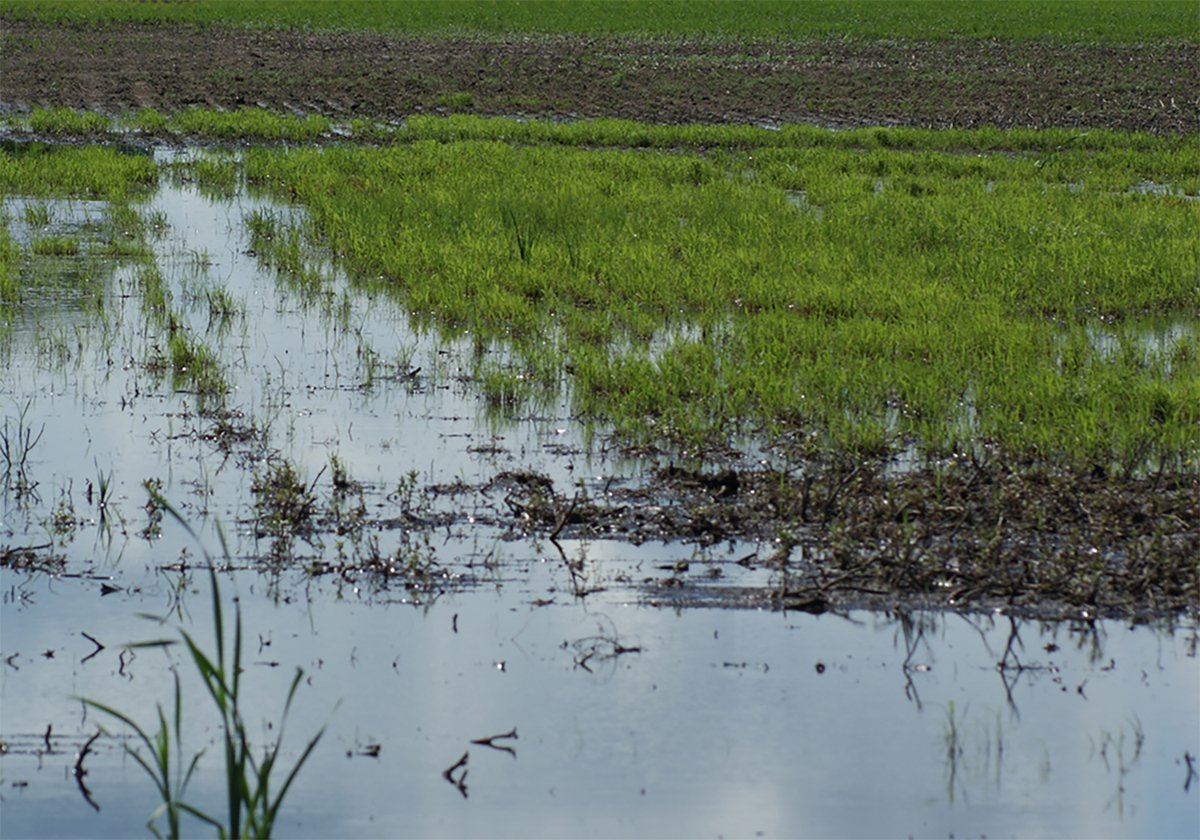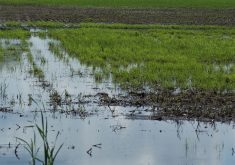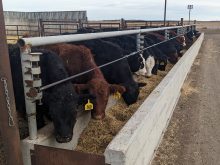MPONGWE, Zambia — Mulisheni, or greetings, from Zambia, Africa. We awake to the sound of rain drumming on the tin roof above our heads. It is light here at 6 a.m.

The youngest child, Previa, leaves for school at 7 a.m. along with 200 other children taught in two simple brick buildings by four teachers.
She will come home at 10 a.m., when the next group will go until 1 p.m., and another one until 4 p.m.
Read Also

Topsy-turvy precipitation this year challenges crop predictions
Rainfall can vary dramatically over a short distance. Precipitation maps can’t catch all the deviations, but they do provide a broad perspective.
When we walk by the school it is hard to believe that about 600 children are to receive an education there. Where is the library, the computer room, the gym? Or more basic, where is adequate classroom space, teachers, books, educational material?
But this is to be an agricultural diary.
We are staying with pastor Jessy Mpupulwa in his home in the rural village area near the town of Mpongwe.
It is a solid brick house with power and running water. His neighbours live in one room mud huts with straw roofs, most of which leak when it rains, as now. Water is drawn from the well, and if you’re lucky, you live quite close to it, otherwise you carry it a kilometre or more.
The rainy season this year has produced some of the heaviest flooding in decades, the worst along the Zambezi River in the south. Circling above Lusaka before landing, some of the many irrigation circles below us looked like swamp with every low spot full of water where there should be corn or soybeans.There are some large commercial farms in that area. It reminds me of southern Alberta when you fly over it. I feared for the maize plots our farm co-operative in Mpongwe had planted.
But crops here look good. It is a fertile area, with red volcanic soils that drain well in the rainy season, and hold the water when dry. Pastor Jessy’s house is surrounded by five foot tall healthy dark green maize. Maize (corn) is the main crop here, the staple food for Zambians. The Mpupulwas also grow vegetables. Jessy’s wife, Loveness, brings cabbage to market every day. Succulent rows of beans and squash line the garden. The Mpupulwas are a role model of what can be achieved in this country. What makes them different from their neighbours? Education and exposure to the outside world.
Pastor Jessy was a manager on the large commercial farm nearby, and travelled abroad. His wife also has a good education. New ways of doing things excite them and they are passionate about bringing change in their community. These qualities brought us to work together with them and the Mpongwe District Co-operative, which is a group of mostly subsistent, small scale farmers who want to learn how to increase the earning power of their farms.
A year ago we helped the co-op negotiate to buy 160 acres for a farm. We were to look for funds in Canada, as a loan, to help purchase the land and to help train them in better farming techniques and business management. We have done that, but we see our main role as encouragers and facilitators.
The land deal didn’t materialize so the group decided to use the money to plant some maize plots in several church districts as a pilot project It is exciting to see the initiative the group has developed as people began to see opportunity.
Six church districts were given a loan. All but one are doing well. Two of the groups, with mostly female members decided they could grow an extra two acres of maize with their own funds. Already they are talking of other projects such as poultry.
This is why we are here — to help Zambians help themselves. And they are doing it.














